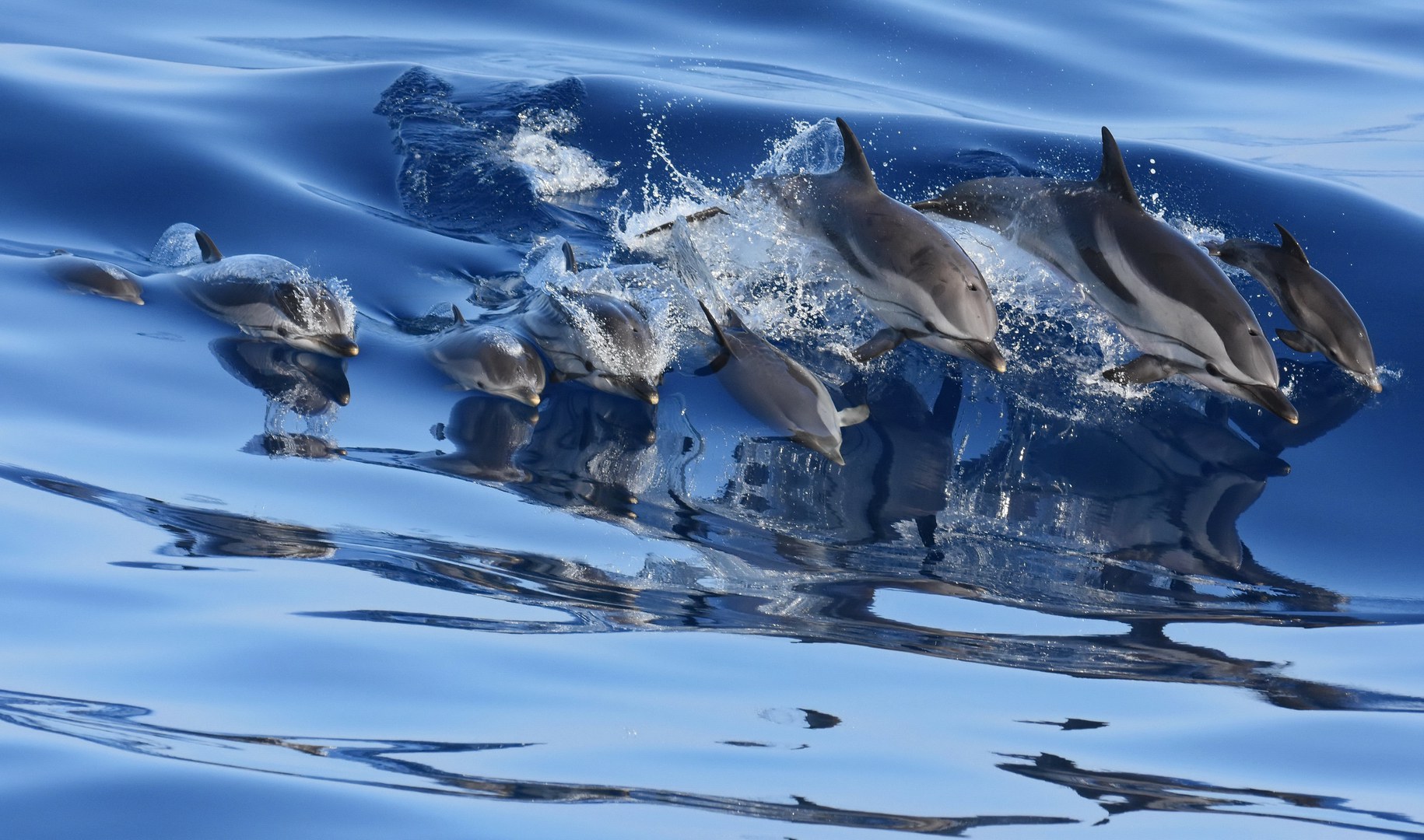Europe continues to lose biodiversity at an alarming rate, with many species, habitats and ecosystems in Europe threatened by intensive agriculture, urban sprawl, pollution, unsustainable forestry, invasive alien species and climate change. Recent assessments by the European Environment Agency show that most protected species and habitats do not currently have a good conservation status.
These losses are not limited to Europe either. Biodiversity loss and ecosystem degradation are a global phenomenon. So, as we observe this loss, and work to slow, stop and eventually reverse it, we are faced with the challenge of understanding and even quantifying nature’s value. This will help not only to make the right personal, business and policy decisions but also to better understand our place as humans within nature. What is the value of nature?
As human beings, nature is priceless to us. After all, it was nature that provided the building blocks of life and the surroundings necessary to allow Homo sapiens to evolve at least 300 000 years ago. Fast-forward to today and we still cannot live without nature. In fact, we might be more dependent than ever on healthy and resilient ecosystems to guarantee long-term wellbeing for a (still) growing number of global citizens.

Our atmosphere, forests, rivers, oceans and soils continue to provide us with the air we breathe, the food we eat, the water we drink and the raw materials we consume, as well as spaces for recreation and recovery. This is often described as nature’s use value.
© Gabriella Motta, REDISCOVER Nature /EEA
In this context, efforts have been made to put a monetary value on this ‘natural capital’, so that we can frame the ‘ecosystem services’ it provides within our existing economic models. Indeed, the EU biodiversity strategy for 2030 states that more than half of global gross domestic product — some EUR 40 trillion — depends on nature.
The picture is complex, however. Some ecosystem services are more tangible and relatively easy to quantify, such as crops, fisheries and timber; other services, less so. How does one accurately account for the value of pollination for agriculture or flood protection by wetlands? Properly understanding and accounting for less visible ecosystem services is crucial.
But the value of nature goes beyond the direct services it provides to us. Nature has cultural value too, forming the backdrop to our existence as humans and providing the conditions necessary for good physical and mental health, as well as for emotional and spiritual well-being.
Even this is not the end of the story. Acknowledging nature’s use value and cultural value, we sound very egocentric, in danger of focusing exclusively on the benefits to us as human beings in the here and now. Nature has intrinsic value in its own right, in which human involvement is limited to the role of custodian, with an ethical responsibility towards nature itself, our own society and particularly that of future generations.
This three-pronged approach is one way to understand the value of nature: use value, cultural value and intrinsic value.
Yet we tend to take nature for granted, seeing it as a ‘free’ resource from which we can take not only what we need but also what we want. This makes understanding and acknowledging the true value of nature more important than ever. As counter-intuitive as it may seem to put a monetary value on nature, measurement and accounting is one way to appreciate the direct and indirect benefits we derive from nature. It may also help us choose the best approaches to tackling degradation, understanding, for example, that it is much cheaper to protect nature in the first place than to restore it later — if restoration is even an option.
As we become more acutely aware of the finite nature of natural resources, and the increasing demands we are placing on the natural world, we must find ways to live within the means of our planet. Technological advances and population growth, particularly over the last 100 years, mean that Homo sapiens has come to dominate the food chain and nature’s resources. The damage we have caused along the way is starting to dominate our prospects for future wellbeing.
Restoring nature — and more fundamentally, restoring and re-imagining our own relationship to it — are central and urgent challenges for the next decades.

Hans Bruyninckx
EEA Executive Director

Document Actions
Share with others